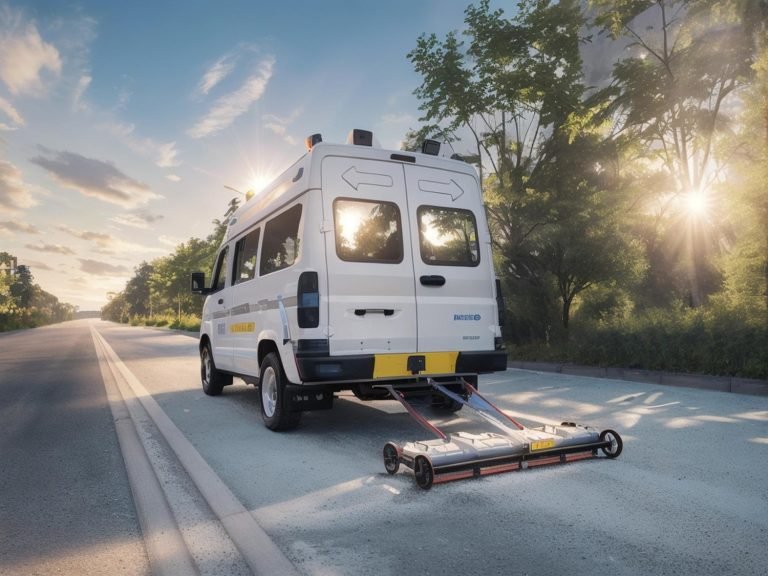Welcome to Geotech!

A Geologist’s Nightmare: Slow Traditional Magnetometers? How JPMG’s 3‑Second Sampling Breaks the Deadlock
1. Introduction: The Speed Bottleneck That Haunts Geoscientists
In modern geological exploration, sampling speed often dictates project cost and feasibility. Traditional Proton Magnetometer and High‑Sensitivity Magnetometer units typically require 10–30 seconds per reading, severely hampering survey line efficiency. When faced with thick overburdens, subtle mineralization targets, and urban electromagnetic noise, geoscientists struggle to obtain reliable data in time, driving costs sky-high and creating safety risks.
2. Limitations of Conventional Magnetometers
- Low Sampling Rate: Most legacy devices operate below 1 Hz, insufficient for real‑time profile mapping.
- Poor Interference Rejection: Standard OCXO Magnetometer modules lack robust temperature drift compensation, leading to data distortion in varying climates.
- Bulky Form Factor: Heavy Geomagnetic Survey Equipment demands extensive logistics support, limiting field agility.
- Delayed Data Workflow: Wired data transfer hampers integration with Portable Magnetic Gradiometer and Underground Pipeline Detector systems, delaying analysis.
3. JPMG Series Proton Magnetometer: Cracking the 3‑Second Challenge
3.1 Core Sampling Technology
The JPMG Series combines an OCXO temperature‑controlled oscillator with an intelligent digital filtering algorithm, slashing single‑point sampling time to just 3 seconds while maintaining ±0.1 nT accuracy and enabling up to 0.33 Hz output.
3.2 Enhanced Sensitivity
Equipped with a High‑Sensitivity Magnetometer module, JPMG can resolve minute magnetic anomalies below 0.05 nT, delivering unmatched performance in subtle Magnetic Anomaly Detection.
3.3 Smart Data Integration
Seamless GPS/GIS, KML/CSV export, and real‑time telemetry make it trivial to synchronize with Portable Magnetic Gradiometer arrays or Underground Pipeline Detector networks, streamlining Mineral Exploration Tools and Archaeological Survey Equipment workflows.
4. Key Application Scenarios & Case Studies
- Urban Pipeline Avoidance: Integrated with Underground Pipeline Detector systems, JPMG’s 3‑second cadence maps buried utilities in real time, safeguarding construction.
- Hidden Mineral Target Delineation: In 30–50 m overburden settings, JPMG discriminates ore body boundaries that confounded traditional survey gear.
- Archaeological Prospecting: As a part of Archaeological Survey Equipment, JPMG’s grid‑scan approach reliably hones in on subsurface ruins and foundation lines.
5. Competitive Comparison
| Feature / Metric | JPMG Series Proton Magnetometer | Competing Proton Magnetometer | Portable Magnetic Gradiometer |
|---|---|---|---|
| Accuracy | ±0.1 nT | ±0.2 nT | ±0.5 nT |
| Sampling Time | 3 seconds | 10–15 seconds | 5 seconds |
| Interference Rejection | OCXO + digital filtering | Standard oscillator | Analog filtering |
| Data Interfaces | GPS/GIS/KML/CSV | CSV only | Proprietary format |
| Portability | Compact handheld | Split‑body | Handheld |
6. Why Choose JPMG?
- Efficiency: Reduces field survey time by over 30% with rapid 3‑second sampling.
- Precision: ±0.1 nT accuracy and ultra‑high sensitivity catch even the faintest anomalies.
- Portability: All‑in‑one handheld design thrives in rugged terrain where bulky gear falters.
- Intelligence: Real‑time data upload complements any suite of Geological Prospecting Instruments, from Mineral Exploration Tools to Archaeological Survey Equipment.
7. Conclusion & Future Outlook
By fusing 3‑second sampling with high sensitivity and smart integration, the JPMG Series Proton Magnetometer redefines efficiency and accuracy across mineral exploration, urban survey, and archaeological applications. Looking ahead, as AI‑driven interpretation, UAV‑borne Magnetic Survey Equipment, and multi‑sensor fusion continue to evolve, JPMG is poised to anchor the next generation of portable Gradiometry and Geomagnetic Survey Equipment—ushering geological exploration into a new era of “real‑time data, intelligent insights.”
-1.png)






